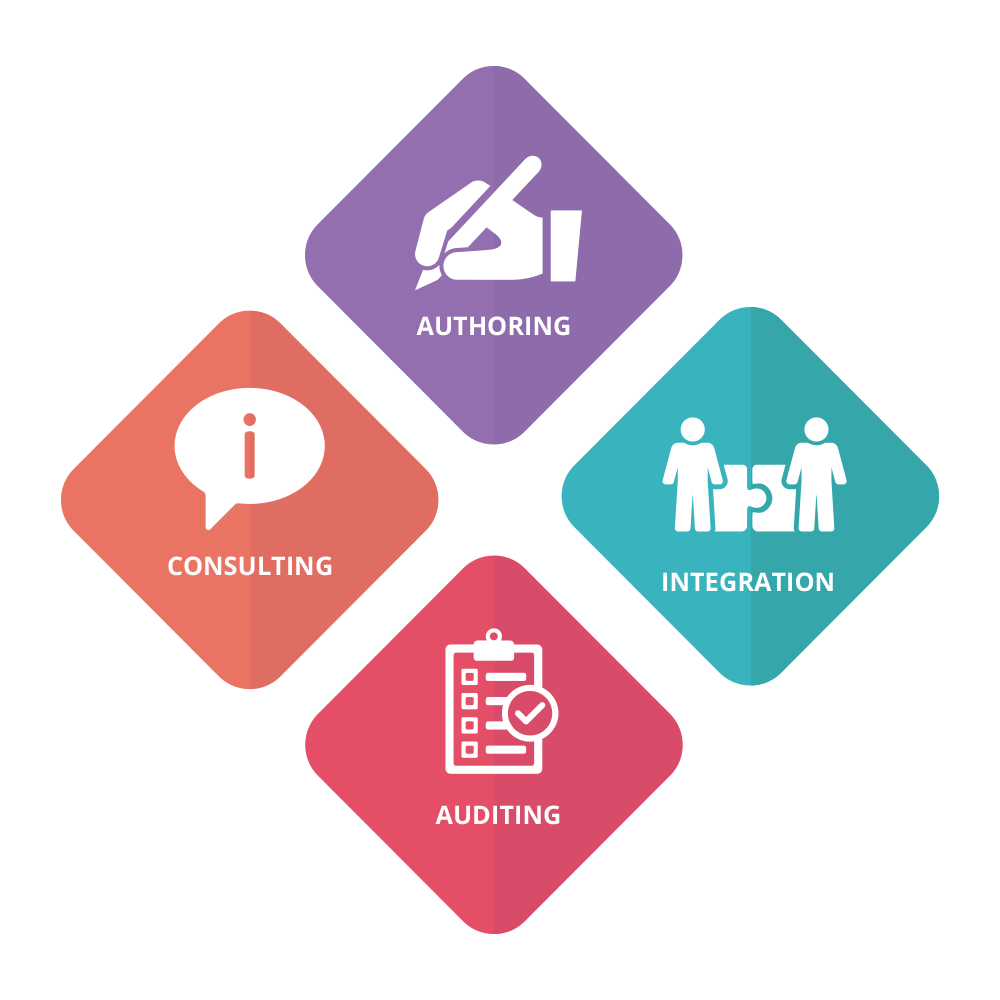Transportation of Dangerous Goods
Any person that ships, handles, or transports dangerous goods by ground must be adequately trained and hold a valid certificate.
This TDG course has been developed to meet the TDG Regulation general training requirements. The course consists of 10 chapters and a final exam. Once you pass your exam, you may print your wall and wallet sized certificates. Your training also includes a plastic wallet certificate. This card typically ships within one day using Canada Post regular mail.
A TDG Certificate must be renewed when the 3-year expiry date has been met, or if you change employers. TDG certificates must be signed by your current employer. Your record of training will be safely stored in your account and can be accessed in the “Manage Certificates” section at any time.
The course may be started and stopped as needed, there is no time limit. It is fully narrated and includes interactive exercises in each chapter. Once the course has been completed, you will understand the requirements and responsibilities of anyone who handles, ships, or transports dangerous goods by ground.
This training course is meant to be completed online, but we also offer webinar, self study books, and on-site training. If more training is needed relating to the work being performed, supplementary on-site training is available. We also offer training for TDG by sea (IMDG) and TDG by Air (IATA).
Inquire About Supplementary / On-Site Training
In anticipation of the planned amendments to Part 6 of the Transportation of Dangerous Goods Regulations (TDGR), we have updated our training to include the topic of worker competency and how this affects persons shipping dangerous goods by ground.
| Average Duration: 3 Hours | |
| Certificate Valid for 3 Years | |
| Printable Certificate Upon Completion | |
| Plastic, Digital, & Printable Certificate | |
| Unlimited Exam Attempts | |
| Standards Compliant Across Canada | |
| Available in English or French | |
| Self-Paced, Available 24/7 | |
| Live Student Support | |
| Permanent Record of Training | |
| User Management Tools Available |
Course Outline
1. An Introduction to TDG
The introductory chapter of this course outlines major learning objectives, the TDG Act and regulations, TDG background information, requirements, enforcement of the TDG Act, and penalties for violating the act.
2. Training Requirements
Learn about what training is required as a worker as well as what topics must be covered. You will also learn about the specific information required on your training certificate, how to stay up-to-date, special allowances, and how to show proof of training when required.
3. Classifications
This chapter goes over the different classifications of dangerous goods, how they are classified, how to classify dangerous goods, proofs of classification, divisions within the different classes, packing groups, and approaches used to classify substances.
4. Dangerous Goods Classes
Learn about the 9 classes of dangerous goods as well as their divisions and the hazards they present, including: explosives, gases, flammable liquids, flammable solids, oxidizers, toxic & infectious substances, radioactive materials, corrosives, and miscellaneous products, substances, or organisms.
5. Documentation
The chapter on documentation will teach you about the different types of shipping documents, the role of the consignor, formats, document retention, required information, consist for transport by rail, residue, special cases, quantity changes, procedures during transport, document location, procedures after unloading, hazardous waste, and the movement of documents.
6. Safety Marks
Learn all about TDG safety marks, including labels, placards, orange panels, signs, numbers, letters, and words used to identify dangerous goods and the nature of their danger. You will also learn about the purpose behind various safety marks, your responsibilities, visual requirements, and exemptions.
7. Containers
Chapter 7 provides instruction on various means of containment used when transporting dangerous goods. This includes: small & large means of containment, how to select a means of containment, standardized means of containment, UN certification safety marks, loading and securing containers, and filling containers.
8. Dangerous Goods Incidents
Learn how to respond to incidents regarding dangerous goods. Topics covered include emergency reporting, identifying a release, reportable quantities, release reports, 30-day follow up reports, loss or theft of dangerous goods, and unlawful interference.
9. Emergency Response
The chapter on emergency response covers Emergency Response Assistance Plans (ERAPs), integration with other organizations, when an ERAP is required, ERAP details, the application process, ERAP Reviews, application refusals, revisions, and renewals.
10. Special Situations
Learn about special situations and exemptions to the Transportation of Dangerous Goods Act. Topics covered include gross mass exemptions, class exemptions, limited quantities, and requirements for exemption.
11. Site Registrations
This section explains the process for registering a site as well as the necessary information when registering, renewing a registration, what actually qualifies as a site for transporting dangerous goods by ground, and any exemptions from registration.
Bulk Discounts. Free Tools.
Depending on how many training credits you purchase, you may receive a discount. Once purchased, training credits may be used to assign training to users in your account or held for future use.
In addition to the training that you purchase, you will also have access to a number of free training management tools. These tools allow you to add and manage users in your account, distribute training courses, view training progress, print certificates, view records of training, and create customized certification reports to ensure your users are always in compliance.
Additional Services
We put our team of professionals to work to build solutions that improve results, save time, relieve your budget and keep your people safe. In addition to our training programs, we also provide Consulting Services, Train The Trainer Solutions, Course Authoring, and Integration services.



















